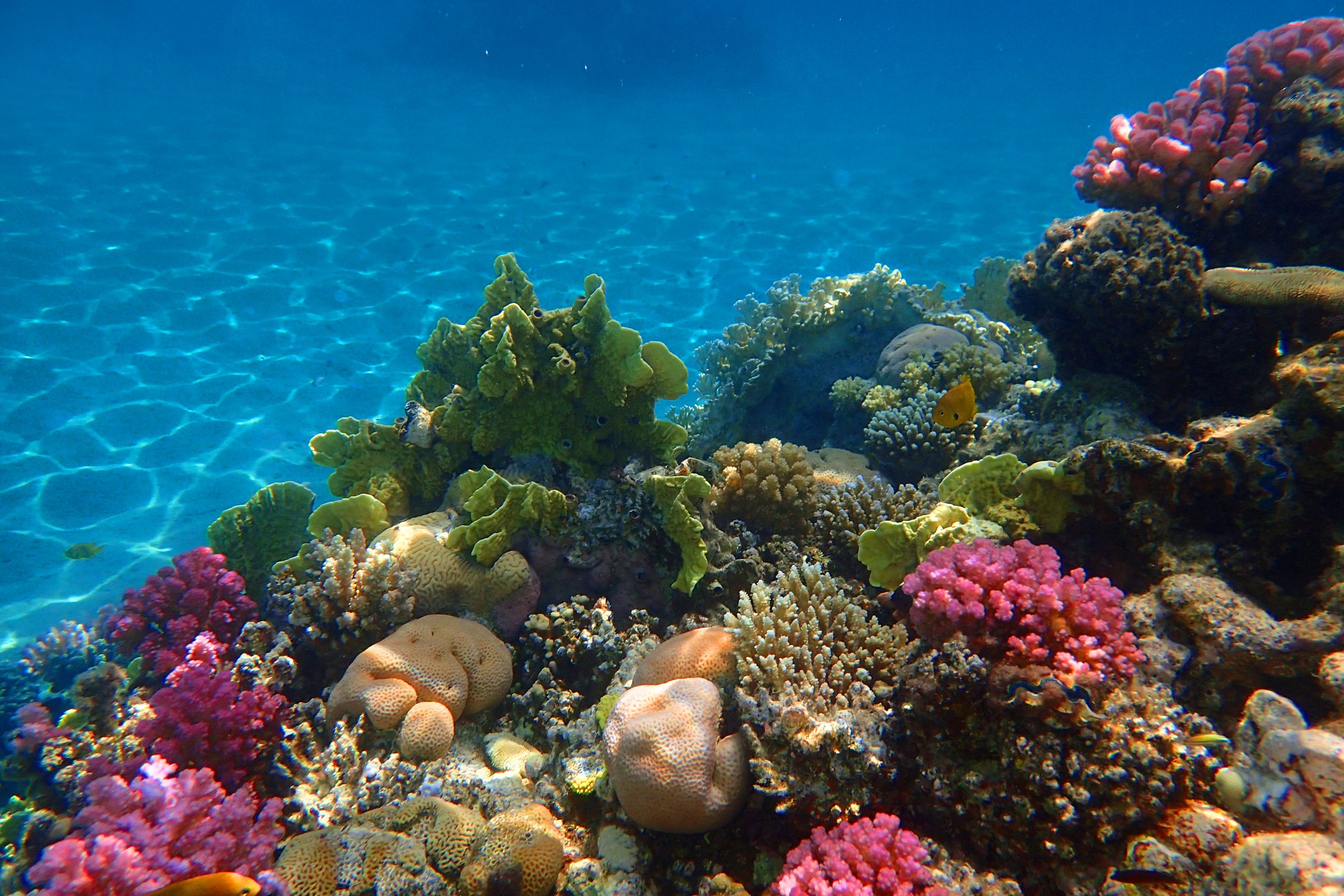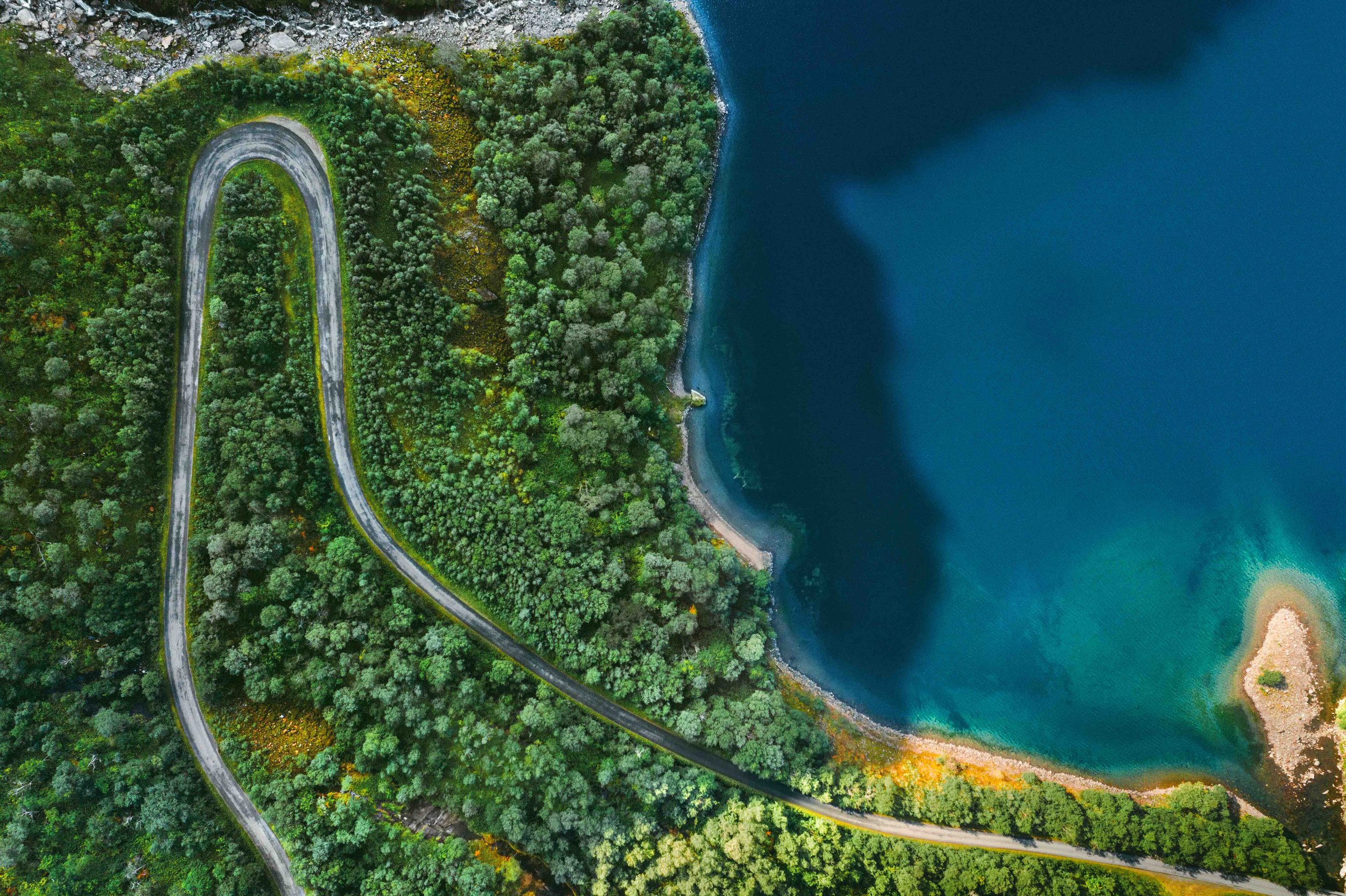The Kid-Friendly Guide to Carbon, Carbon Dioxide, and Carbon Circle
Did you know that around 18% of the human body is carbon? How is that even possible?
Carbon is the basic building ingredient of all life forms. Without carbon, there is no life. It is the main component of sugars, carbs, proteins, fats, and muscle tissues; it is even in our cells and DNA. Everything has carbon in it!
Carbon is a chemical element that happens to be one of the most stable, versatile, and abundant elements on our planet. Thanks to its mighty qualities, carbon is vitally important for the existence of almost everything on Earth.
Being basic, stable, and diverse are its key strengths. Together, they all make it possible for carbon to interact, change, and form millions of different compounds, ranging from simple to very complex ones.
Carbon dioxide
In nature, carbon forms the gas called carbon dioxide. Carbon dioxide is a gas that acts like a greenhouse when it enters the atmosphere. It traps heat coming from the sun, which keeps the temperature suitable for living and protects us from freezing. But when there is too much gas, too much heat is trapped, resulting in the Earth getting warmer. That leads to global warming and climate change.
In modern life, carbon is central for all human activities. With carbon, we can construct houses, buildings, and cities. It is also used for fueling the majority of industries; for generating energy; and for producing automobiles, planes, ships. It is even the key ingredient of fossil fuels and petroleum, which we use for transportation. All human activities emit carbon dioxide into the atmosphere.
The Carbon Cycle
We all need energy (think: nutrients and food) to survive, function, and do things. Where does energy come from?
Our planet’s main source of energy is the sun. But only plants, algae, and a few types of bacteria can feed from sunlight by using it directly as a source of energy. No other living things can use the energy obtained from the sun for the creation of nutrients needed for survival.
This means that everything else living on our planet depends on plants for nutrition and survival. Here comes the important role that carbon dioxide plays. In addition to sunlight, plants need one more ingredient that helps them “cook” their own food:carbon dioxide. Without carbon dioxide, plants wouldn’t grow, and we wouldn’t have any direct source of energy for our own survival.
In addition to all its superpowers, carbon also moves all the time. The term carbon cycle describes the process of carbon’s travel between the different organic and inorganic elements in the atmosphere and nature. The elements that release carbon in the atmosphere are called “sources,” while those that absorb it from the atmosphere are called “sinks.”
Step by step explanation of the carbon cycle:
Carbon dioxide from the atmosphere is used by plants, along with sunlight, for the process of photosynthesis. This is the process that breaks down carbon dioxide into compounds that can be used as nutrition by the plants. As a result of this process, plants release oxygen.
Humans and animals breathe the oxygen and consume the plants, and carbon is transferred from the plants to animals and humans.
Through animals and humans breathing, the carbon is sent back to the atmosphere. When plants, animals or humans die, their remains decay and decompose, and carbon is transferred to the Earth. When the remains have been around for thousands of years, they become fossil fuels, and these are huge reservoirs of carbon.
The burning of wood, fossil fuels, and transportation are various processes that transfer carbon back to the atmosphere. It is released in the form of carbon dioxide.
Oceans and other huge bodies of water that have cool water on the surface also absorb carbon from the atmosphere. But oceans exhibit dual behavior. When the surface water is cooler (which may happen in cold regions, near the poles), carbon is absorbed into the water, whereas when the surface water is warm (near tropical regions), carbon is released into the atmosphere. From there, plants will again absorb it for photosynthesis, and the cycle repeats.
Carbon sources
Carbon source is the name we give to everything that produces carbon into the atmosphere, such as:
Volcanic eruptions
Respiration of animals and humans
Decay of dead matter
Usage of fossil fuels
Natural processes like formation of rocks (which takes thousands of years)
Warm water bodies
Plants, algae, and a few strains of bacteria
Landfills, where all humans’ trash goes
All human activities such as transportation, building, production of electronics, food, clothes, etc.
Carbon reservoirs (also known as “sinks”)
Reservoirs are the places where carbon is stored in various forms, either for short or really long periods of time. These include:
The Earth’s atmosphere
Soil, rocks, sediments, limestone, and coal deposits (also called organic elements)
The oceans, which contain a lot of dissolved carbon in various forms as well in the form of fossil fuels
Forests, grasslands, and tropical rainforests
Freshwater lakes and wetlands
Coastal ecosystems such as seagrass beds, kelp forests, salt marshes, and swamps (read more about blue carbon sinks here)
Coral reefs
These diverse sink-spaces behave like giant sponges, continually cleaning our air by absorbing carbon and storing it internally.
When there are more sources than sinks, we have too much carbon. As mentioned earlier, carbon traps the heat from the sun, which is good as it protects us from freezing, but when there is too much heat, the Earth gets warmer, causing global warming and climate change.
We need to plant more trees, stop chopping down forests, grow more seaweed, and plant more kelp forests. These efforts will help nature to continue absorbing carbon so that the temperature of our planet won’t rise further. Speaking of seaweed, those sea plants are salmon’s favorite neighbors!





